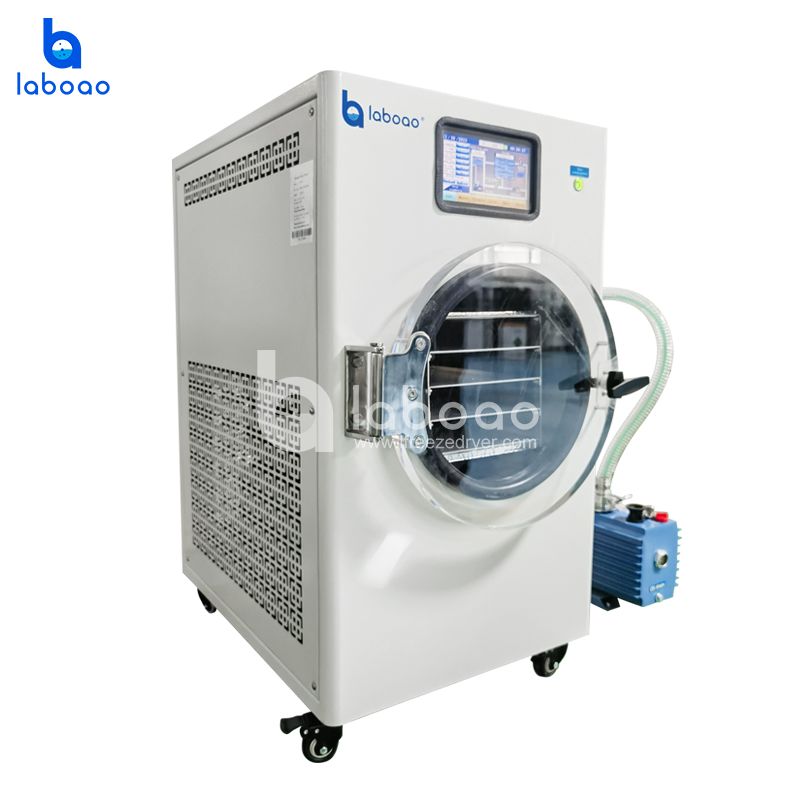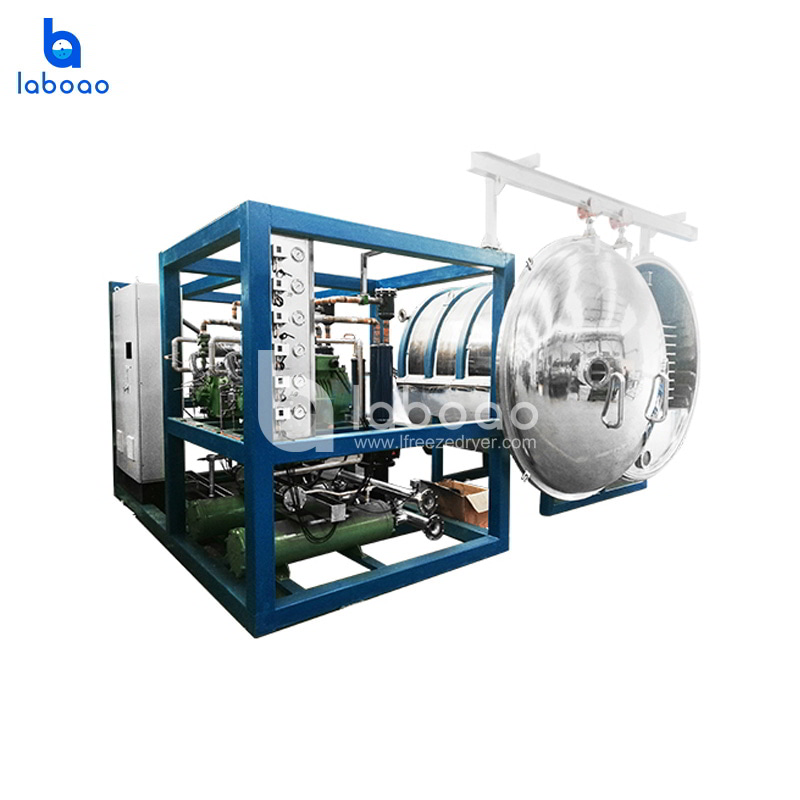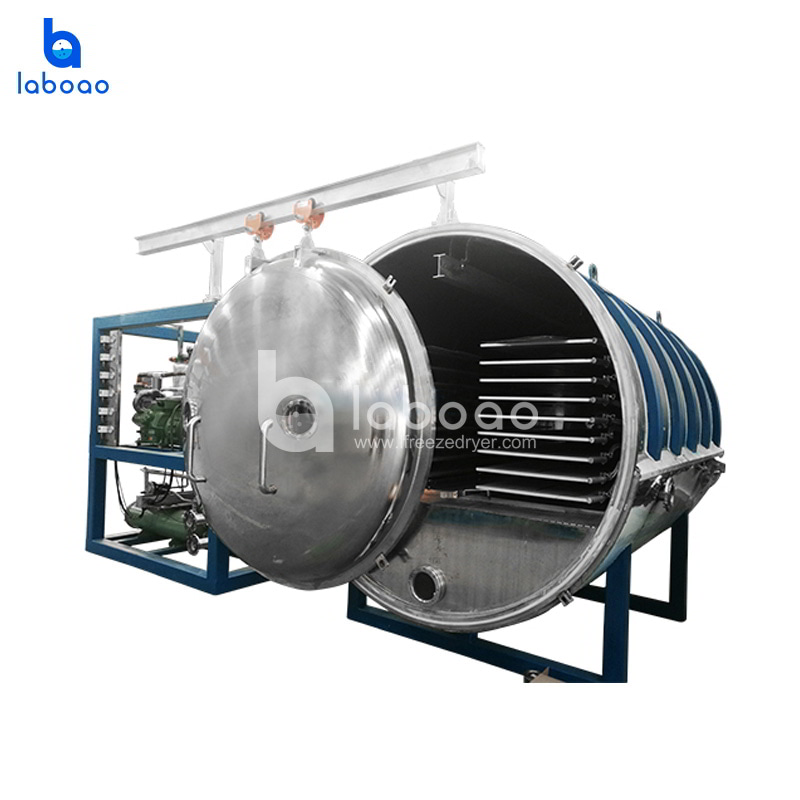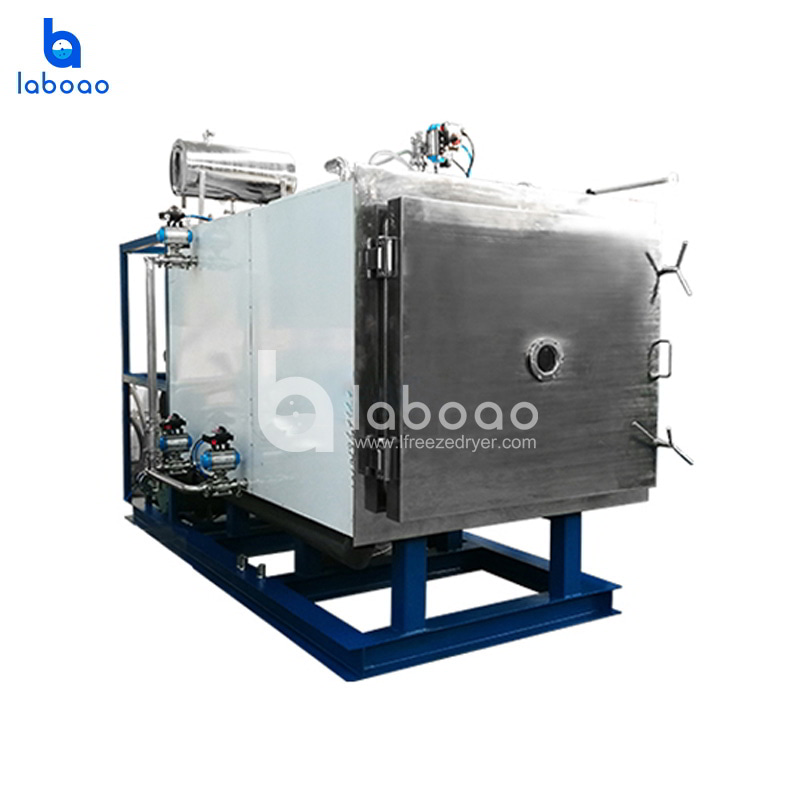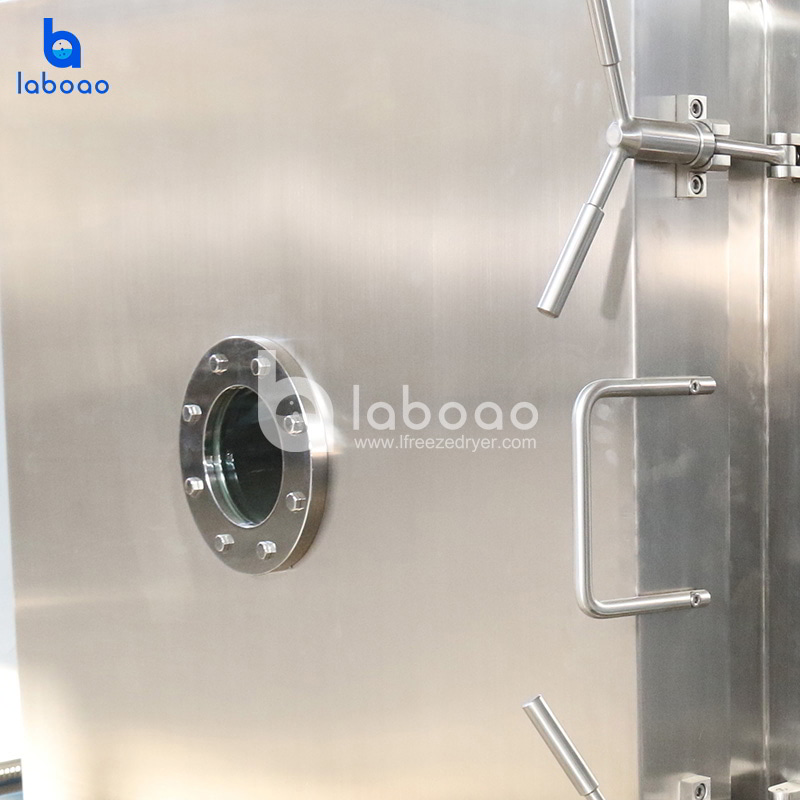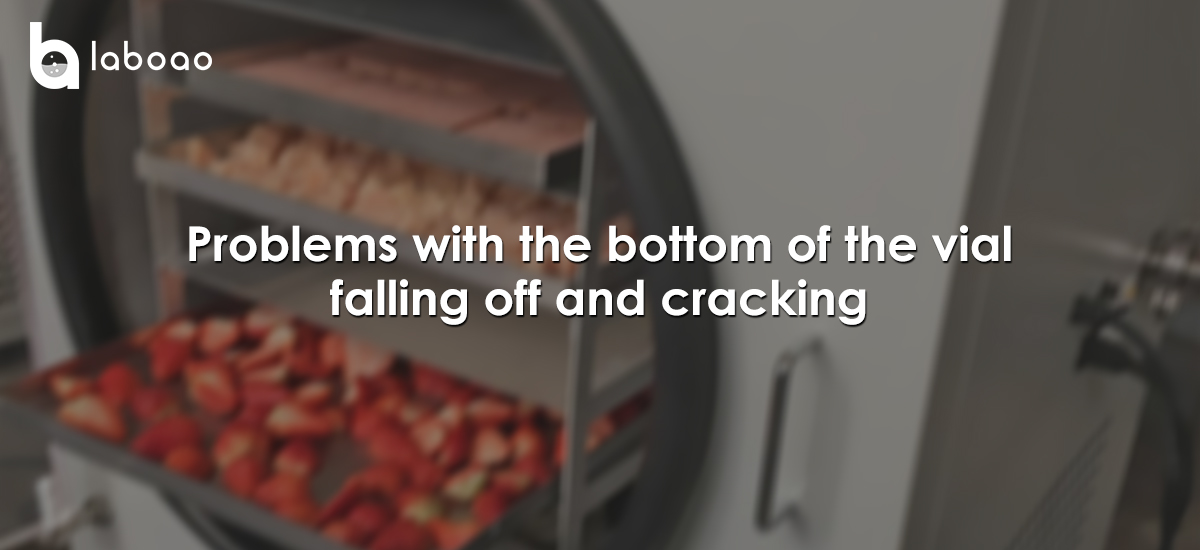
1. Bottle quality factors:
(1) Bottle quality is affected by the glass material. The glass material we often use is borosilicate glass (soda-lime glass is not suitable for freeze-dried agents), which is different in the amount of boron trioxide added to silicate (low, medium, and high). The higher the boron content, the lower the expansion coefficient, and vice versa. What we need is a low expansion coefficient. Because, according to the principle of thermal expansion and contraction, the bottle shrinks when it is frozen, while the volume of water frozen into ice increases. This is only one aspect of bottle explosion, but the problem is not that simple. Imported bottles are much better than domestic bottles. (Low borosilicate glass contains 5%-8% boron trioxide, and medium borosilicate glass contains 8-12%. Low borosilicate glass containers have long been eliminated abroad, and only China and India are currently using them). Generally, the density of borosilicate glass is smaller than that of soda-lime glass. Borosilicate glass is better at resisting cold and hot shocks than soda-lime glass (except tempered). The cold and hot shocks of borosilicate glass are generally around 100 ℃ to 200 ℃, while those of soda-lime glass are generally around 80 ℃. Generally, the density of borosilicate glass is smaller than that of soda-lime glass. Borosilicate glass is better at resisting thermal shock than soda-lime glass (except tempered glass). The thermal shock resistance of borosilicate glass is generally around 100°C to 200°C, while that of soda-lime glass is generally around 80°C.
(2) The pre-freezing temperature is too low. At present, when domestic controlled antibiotic bottles are frozen to minus 50 degrees, many bottles will fall off.
(3) During the heating process, the temperature difference between the partition and the product is too large, which can also cause bottle cracking.
Solutions and measures:
(1) Choose suitable bottles. You can conduct trial production analysis. You can select several companies to test together to find out the good quality. Whether the bottle cracking and bottom falling are related to the bottle. If so, you can consider changing the controlled bottle to an imported bottle.
(2) Check whether your bottle quality is qualified (use a polarizing filter to check the stress. Do not use bottles with too much purple).
2. Product filling volume and sample thickness factors:
If the main reason is the pre-freezing breakage, most of them are caused by large filling volume, thick sample and fast pre-freezing speed. Why do bottles break, fall off, and crack? This is mainly due to uneven temperatures between the top and bottom of the bottle. When the temperature difference between the bottle and the bottom exceeds 15-20 degrees, it may be caused by excessive stress on the glass material. Reducing the temperature difference between the bottom and top of the bottle and reducing the stress can avoid breaking.
Solutions and measures:
It is recommended to lower the temperature to a value above the eutectic point during pre-freezing, and keep it for a period of time to make the temperature of the bottle even and cool down at the same temperature; or slow down the cooling rate.
(1) "Slow-drop quick freezing method", that is, when the plate temperature drops to the vicinity of the sample eutectic point, keep it for a period of time (about 2 hours) to make the temperature of the drug solution as close to the plate temperature as possible, and then quickly cool it to 10°C below the eutectic point. At this time, the drug solution quickly freezes and releases heat. Keep it for a period of time to make the sample temperature close to the plate temperature, and then cool it to the final pre-freezing temperature (the cooling speed should not be too fast at this time, and the difference between the sample temperature and the plate temperature should be minimized as much as possible), and keep it for 3 to 5 hours to make the temperature of all products the same as the temperature of the heat transfer oil, and then start vacuuming. This may reduce the phenomenon of falling bottom and cracking of bottles (it is difficult to completely avoid cracking and breaking of bottles, after all, the placement and quality of the bottles will have problems).
(2) Final pre-freezing temperature: This may also cause bottle cracking. It is generally -40°C, which can be adjusted higher or lower as appropriate. In the experiment, a variety was tested. After using the above-mentioned "slow-drop quick freezing", many bottles still cracked. Later, it was observed that when the sample temperature dropped below -35°C, bottles cracked one after another. Later, the final pre-freezing temperature was adjusted from -40℃ to -30℃, and the effect was ideal, with almost no bottle cracking. This is the result of a small test. The freeze-drying efficiency of the small freeze-drying machine used in the test may be different from that of the large freeze-drying machine in the workshop, which needs further verification. When conducting large-scale production verification in the workshop, although the "slow drop and quick freezing method" was used, considering factors such as cost, the final pre-freezing temperature was conservatively set to -40℃. As a result, the bottle cracking rate of the finished product has been greatly reduced to less than 1.5%.
3. Auxiliary factors:
(1) Appropriately reduce the amount of excipients. This situation also occurred when a variety was tested in a small test. Later, the excipients were adjusted and no longer existed. Bottle cracking has no direct relationship with concentration. Excipients are very important. Add some mannitol and salt excipients to adjust it. It is best not to use dressings with strong viscosity.
(2) Bottle cracking caused by material properties: Research reports show that bottle cracking sometimes occurs when freezing mannitol. It is found that mannitol forms hydrogen bonds with water during the freezing process. When it reaches a certain temperature (without melting) during the heating process, the hydrogen bonds suddenly break, causing the volume to suddenly expand, resulting in bottle cracking. However, this situation will not occur with sorbitol and lactose.
Solutions and measures:
(1) Generally speaking, if the solid concentration is high and the rigidity is strong (such as a high concentration of mannitol), bottle breakage may occur during the pre-freezing process. If the excipient used in the product is mannitol, it is possible to consider adding an annealing step during the pre-freezing process. This treatment has a relatively large impact on freeze-dried products with mannitol as an excipient; if the amount of mannitol used is large, the bottle will easily fall off the bottom. To solve the problem of bottle explosion, the freeze-drying curve must be adjusted. Similar problems are often encountered in production. The key is that the volume of mannitol suddenly expands during sublimation, causing the bottle to fall off the bottom. If the pre-freezing is extended by about 2 hours, it will be frozen more firmly. When the temperature changes slightly during heating, the volume will not change too much suddenly. I just changed the pre-freezing and the problem was solved.
(2) A certain drug does not contain excipients and has a large specification, while other varieties do not break bottles under the same conditions, indicating that the drug has strong crystallinity and strong rigidity. For such a main drug, it is easy to break bottles. It is recommended to change the pre-freezing conditions (starting temperature, cooling speed, minimum temperature, holding time, whether to anneal, etc.). Try to reduce the supercooling of the solution to avoid instant freezing of the solution. In addition, the minimum pre-freezing temperature does not need to be too low, so as to avoid the bottle breaking due to the difference in thermal expansion coefficient between ice and bottle and the expansion of ice volume.
4. Freeze-drying process factors:
(1) It is related to the freeze-drying curve. Pre-freezing is too fast. When the sample freezes, the volume expands rapidly, which will produce a certain expansion force on the bottle body. This usually occurs in the pre-freezing stage and is the main reason for the bottle cracking.
(2) The temperature rises too fast, and the thickness of the liquid medicine is also relatively thick. After freezing, the ice column is formed. Ice is a poor conductor of heat, which easily leads to a large temperature difference between the bottom and the body of the bottle. The large temperature difference causes different forces on different parts of the bottle body, which leads to the glass bottle bursting and falling off the bottom. This is the main reason for the bottom falling.
(3) Incomplete pre-freezing is also one of the reasons for the bottom falling: if the system starts to evacuate the box body before the product is completely frozen, when the pressure reaches a certain value, the part that has not been frozen well begins to evaporate and boil, generating heat, and its own temperature drops sharply. When it reaches the eutectic point temperature, the product freezes, and then the bottle bursts and falls off the bottom. As the pressure continues to drop, the temperature also drops accordingly. The vacuum pump of a general freeze dryer can reach below 0.1 millibar, which means that the temperature of the medicine in the box reaches about -40℃. Since the bottom of the vial and the lower plate layer do not have the above evaporation and freezing characteristics, the vial cannot withstand such a large temperature difference in a short period of time, resulting in the vial bursting and falling off the bottom.
Solutions and measures:
(1) Pay attention to the curves during pre-freezing and sublimation should not be too steep, and the time should be relatively long to reduce the impact of thermal expansion and contraction on the bottle.
(2) The phenomenon of falling off the ground during pre-freezing can be solved by slow freezing to change the crystal form of the drug so that the frozen product will not fall off the bottom. This situation also occurred during our production, and this method was used to solve the problem.
(3) The freeze-drying cycle is closely related to factors such as the sample's eutectic point temperature, loading volume, total solid content ratio, drug column height, sublimation rate, sample spatial structure characteristics, and the determination and adjustment of various freeze-drying parameters.

